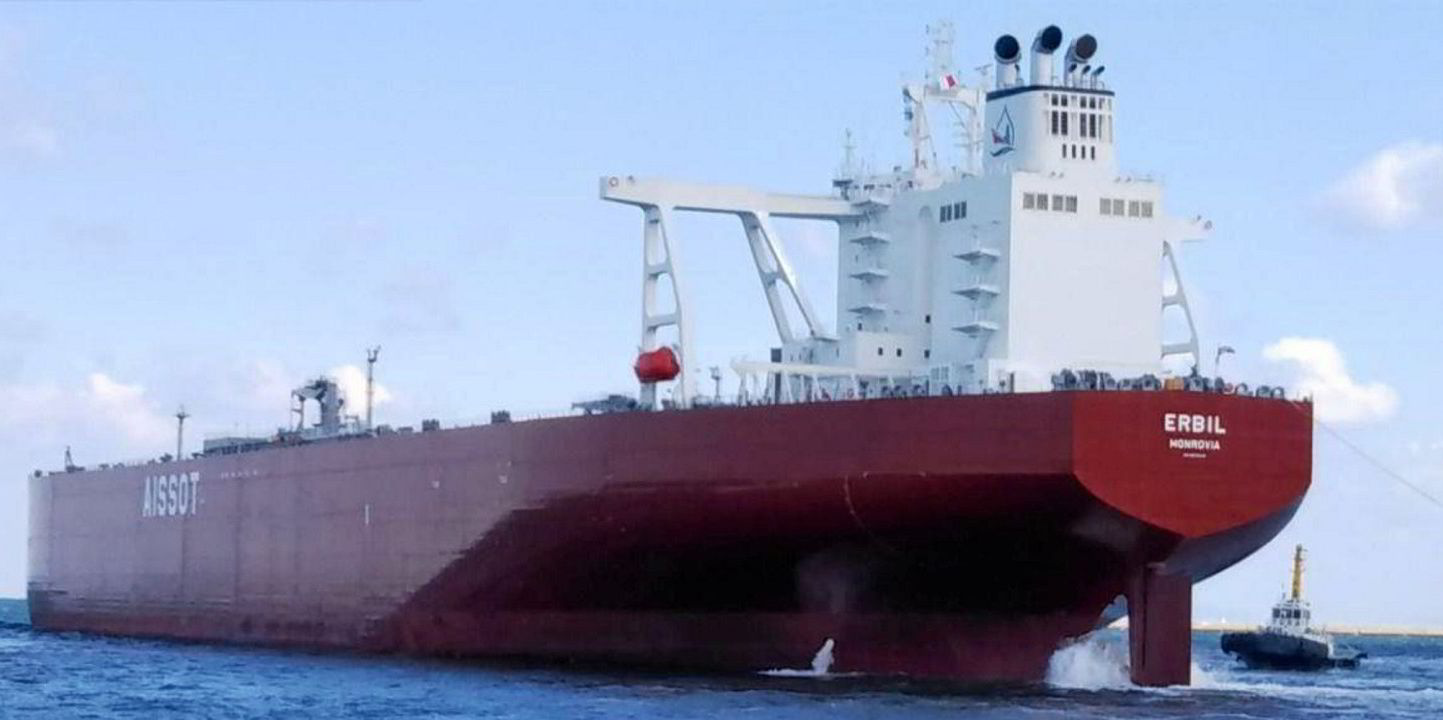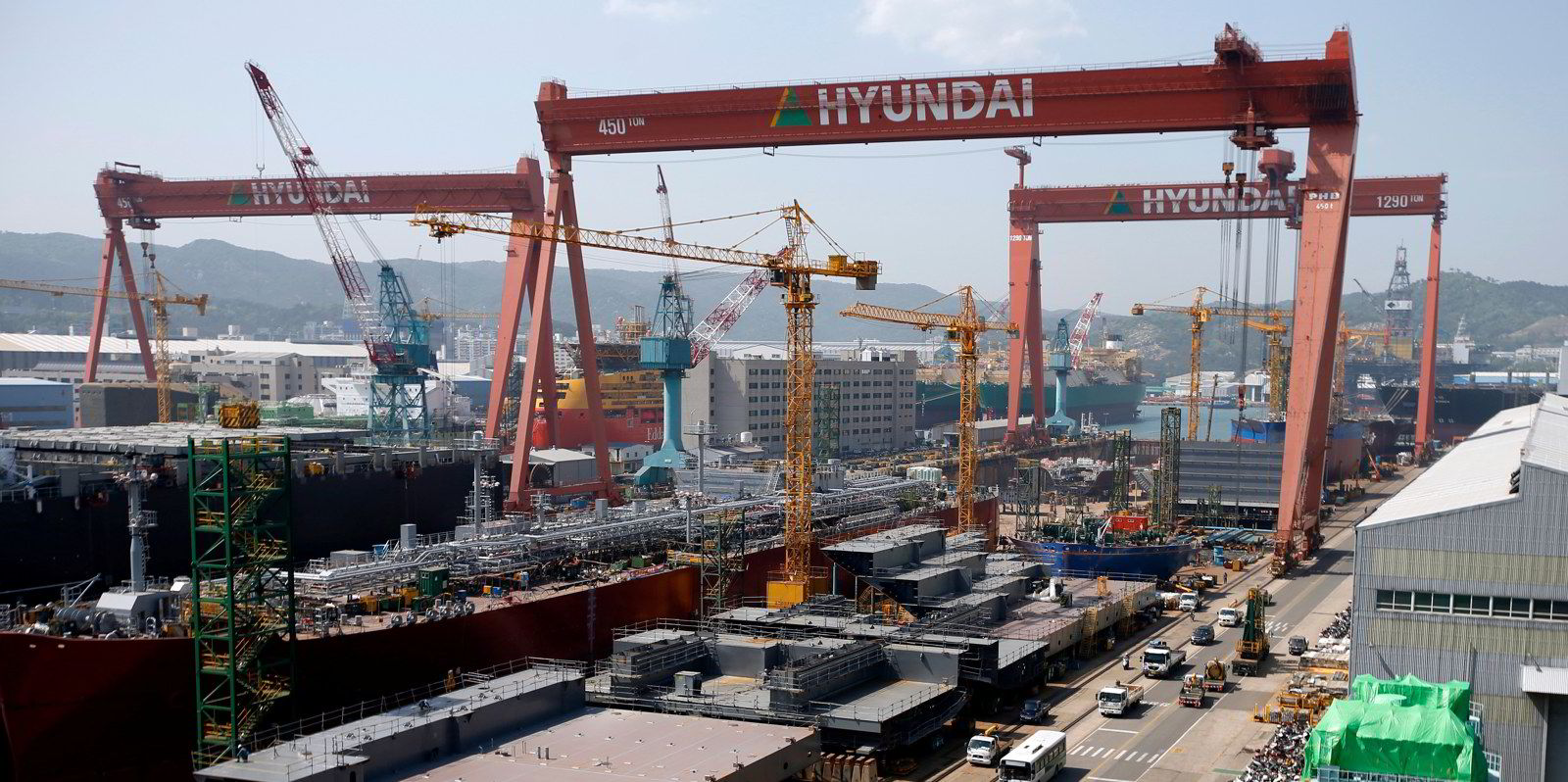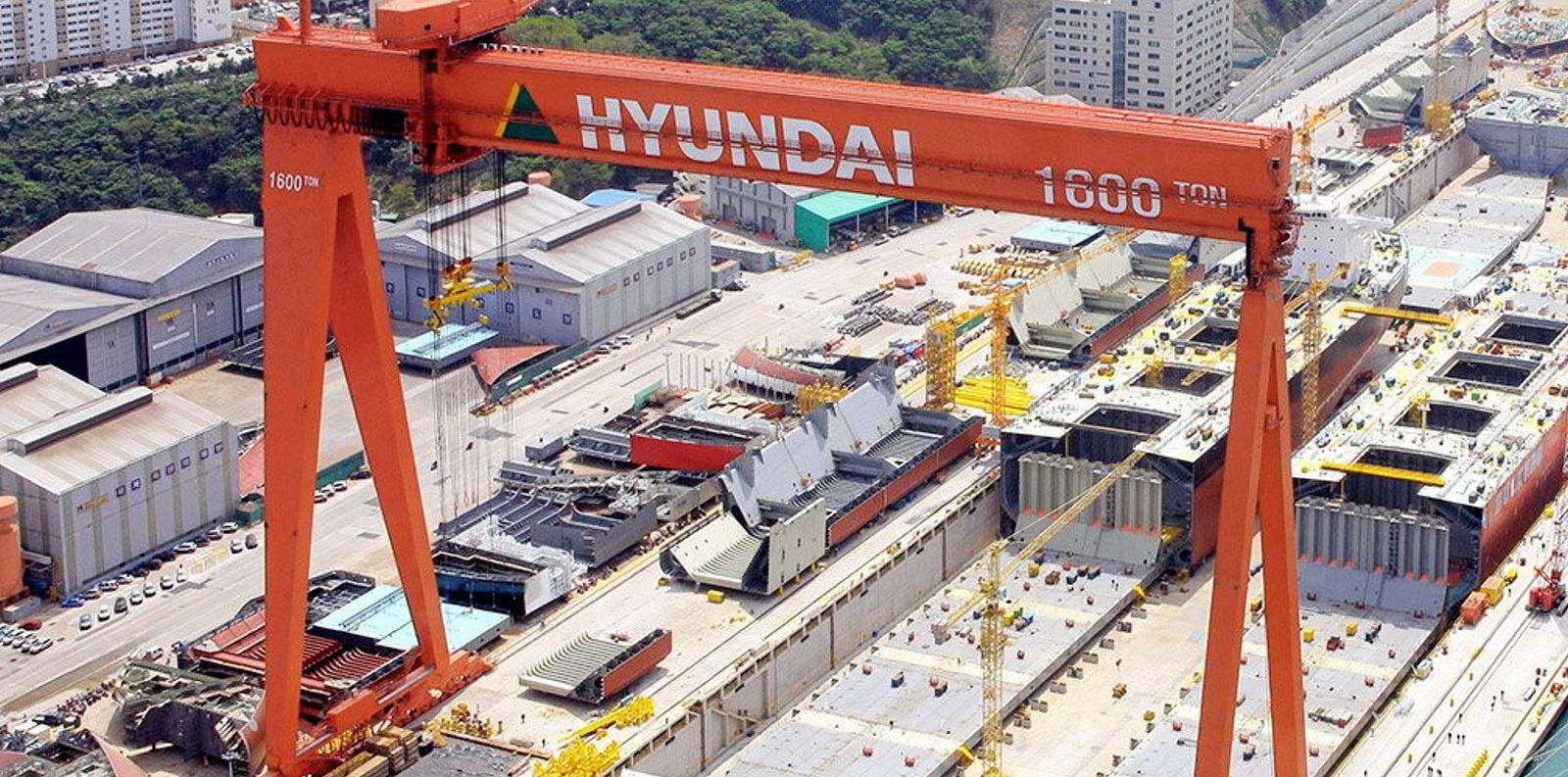The number of VLCC newbuildings loading refined products in March is set to be the highest in recent months as shipowners grab available employment opportunities amid weak freight earnings.
IHS Markit said the ST Shipping-chartered, 300,000-dwt Dhalkut and Trafigura-chartered, 313,500-dwt Erbil (both built 2021) loaded gasoil from Malaysia earlier this month.
The Unipec-chartered, 300,000-dwt Amantea is due to lift gasoil from South Korea and the BP-chartered, 308,000-dwt Yuan Peng Yang (both built 2021) from Singapore later in March.
If the shipments materialise, the monthly figure of four VLCCs carrying refined products in their maiden voyages would be the highest since at least August, according to the research group. Earlier data was not available.

IHS Markit analysts Yen Ling Song and Fotios Katsoulas said the charterers benefited from economies of scales when moving large parcels from Asia to Europe or West Africa.
“While Asian spot gasoil demand has been stable this month, the expectation of higher exports out of China due to high domestic inventories in the coming weeks is weighing on the market and traders are fearing a supply overhang,” they wrote in a note.
Also, Kpler data shows Euronav’s 300,200-dwt Doris (built 2021) is sailing to Singapore after lifting 584,000 barrels of gasoil from South Korea on 13 March. Evalend Shipping’s 299,940-dwt Hunter (built 2021) loaded 1.49m barrels in recent days.
Most of the vessels are believed to be fixed some weeks ago.
ST Shipping reportedly secured a three-month charter for the Dhalkut from Oman Shipping at $15,000 per day in February.
Cosco Shipping Energy Transportation was also said to have fixed the Yuan Peng Yang to BP for two months at $12,500 per day last month.
Brokers reported Neda Maritime chartered the Amantea to Unipec for a year at $30,000 per day in February.
Last November, Trafigura was reported to charter the Hunter from Evalend for at least 12 months at $29,000 per day.
When asked about the Doris, Euronav spokesman Brian Gallagher told TradeWinds: “In the current environment freight rates for such [non-crude] cargoes are more advantageous than crude.” He declined to disclose charter details.
Bearish market conditions
When freight rates are strong, VLCC newbuildings tend to ballast from Asian shipyards to load crude in the Middle East.
But spot earnings have been below break-even levels for many shipowners in recent months due to the Opec+ supply cut.
“It still pays a premium to move a clean cargo on a maiden voyage for VLCCs, and it wouldn’t make sense not to do so in today’s environment,” Vortexa senior freight analyst Arthur Richier said.
Looking forward, weak arbitrage economics could curb gasoil flows from Asia to the Atlantic basin, as European gasoil prices remain plagued by low consumption.
Kevin Wright, Kpler’s lead Asia-Pacific analyst, said the owners of VLCC newbuildings might now seek to ship North East Asian cargoes to South East Asia.
“If the arbitrage is so poor, then getting the vessel out of the yard, loading it with something and sailing it to Singapore or [a Far Eastern location] nearby is the best option,” he said.





